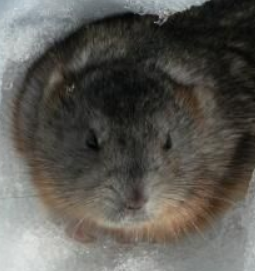Ah, lungs. The thing that everybody has a pair of. Or, well, most people. But it just sounds better with ‘everybody’, don’t you think?
Today we’ll be talking about, you guessed it… lungs. Those wonderful sacs that help us breathe air and not die.
I’m sure we all know what lungs are, what they look like, and what they do. They’re in our chest, and suck in air when we breathe in, then expel it when we breathe out. What more is there to them? Not that much, it turns out, but I’m digging all the shit out to make this post longer.
For starters, the lungs aren’t exactly static. They want to collapse inward all the time. If they did this, it would be very bad, and when they do this, as some kinds of injuries can cause, the results are indeed very bad and painful to even think about.
But, luckily for us, your chest is attached to your lungs (at least, I hope they are). And the chest wants to expand. So a fragile balance is maintained, with the lungs and chest in equilibrium. A thin layer of fluid, kind of like water between glass, keeps the two parts of the lungs attached to each other.
So how do we breathe?
When we breathe in, the chest expands. This makes the pressure inside our lungs decrease relative to the atmosphere, so air outside flows inward. When we then breathe out, pressure in the lungs increases, which forces some of the air out. Note that there’s no way for our lungs to distinguish between fresh and old air, so only a portion of the air breathed in will actually be absorbed by our blood. In addition, it’s not possible to force all the air out of your lungs, as I’m sure many of you have tried. This is probably a good thing.
Inside the lungs there are big tubes. I forgot what they’re called. They branch off into smaller tubes. They lead to alveoli, which is like the only word I remembered from that chapter of vanders. These little sacs are connected to little blood vessels. When blood passes them with high carbon dioxide (relatively, it’s still not that much compared to oxygenated blood) and low oxygen, diffusion happens. Carbon dioxide goes from high concentration to low concentration, oxygen does the same, and the net result is carbon dioxide in your lungs and oxygen in your blood.
What stops the alveoli from collapsing? A thin layer of fluid that’s filled with lipids and stuff that also lubricate it, ensuring that air doesn’t only go to large alveoli, which would lead to all the smaller ones collapsing. Even if a couple small ones collapse or get blocked off, the body can adjust blood flow to make sure blood is only going to where it can be properly oxygenated.
That’s about all I have to say about lungs. If any of this information ends up causing some sort of damage to you, I am not liable.
Neat. Are you studying biology?
Yep!

